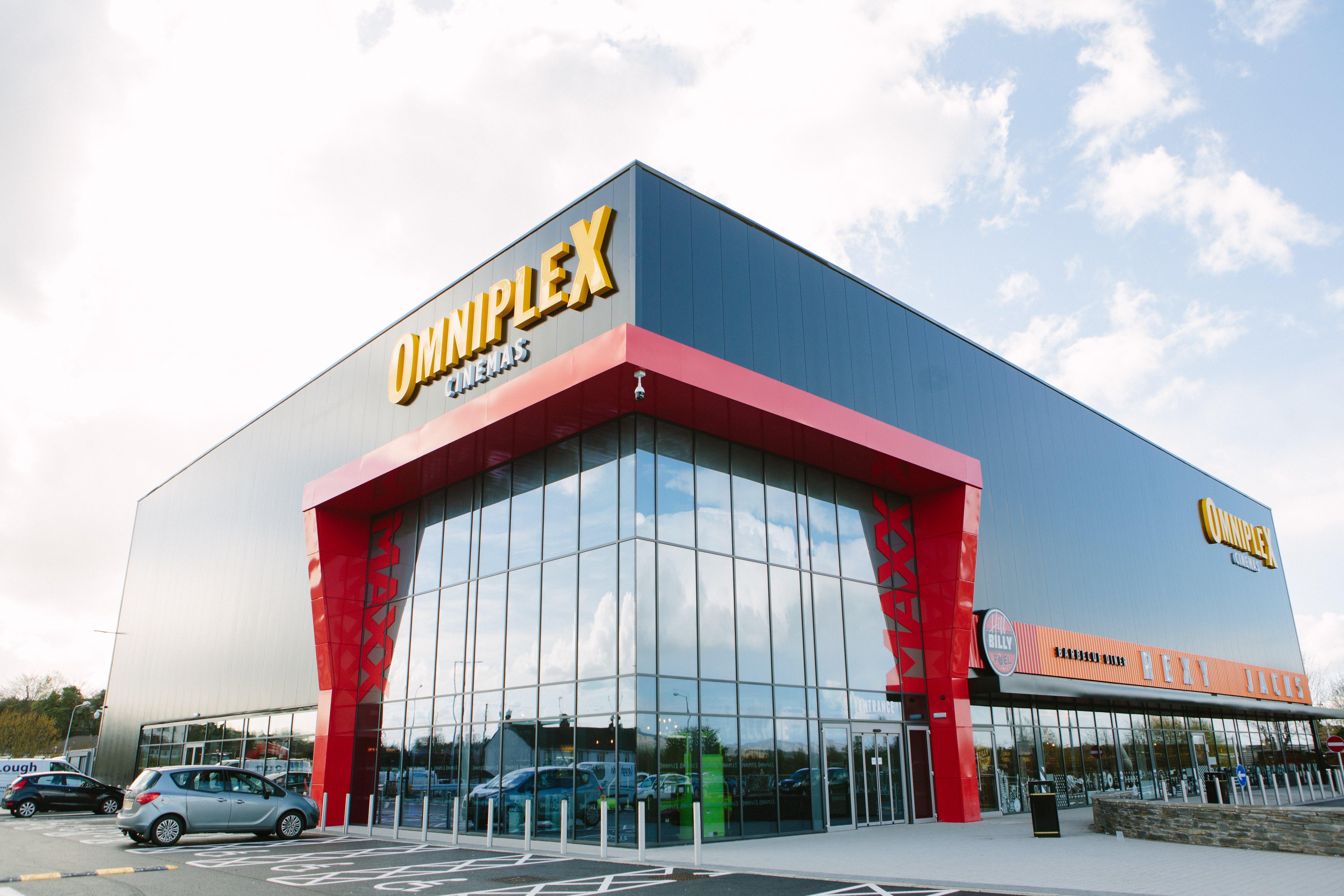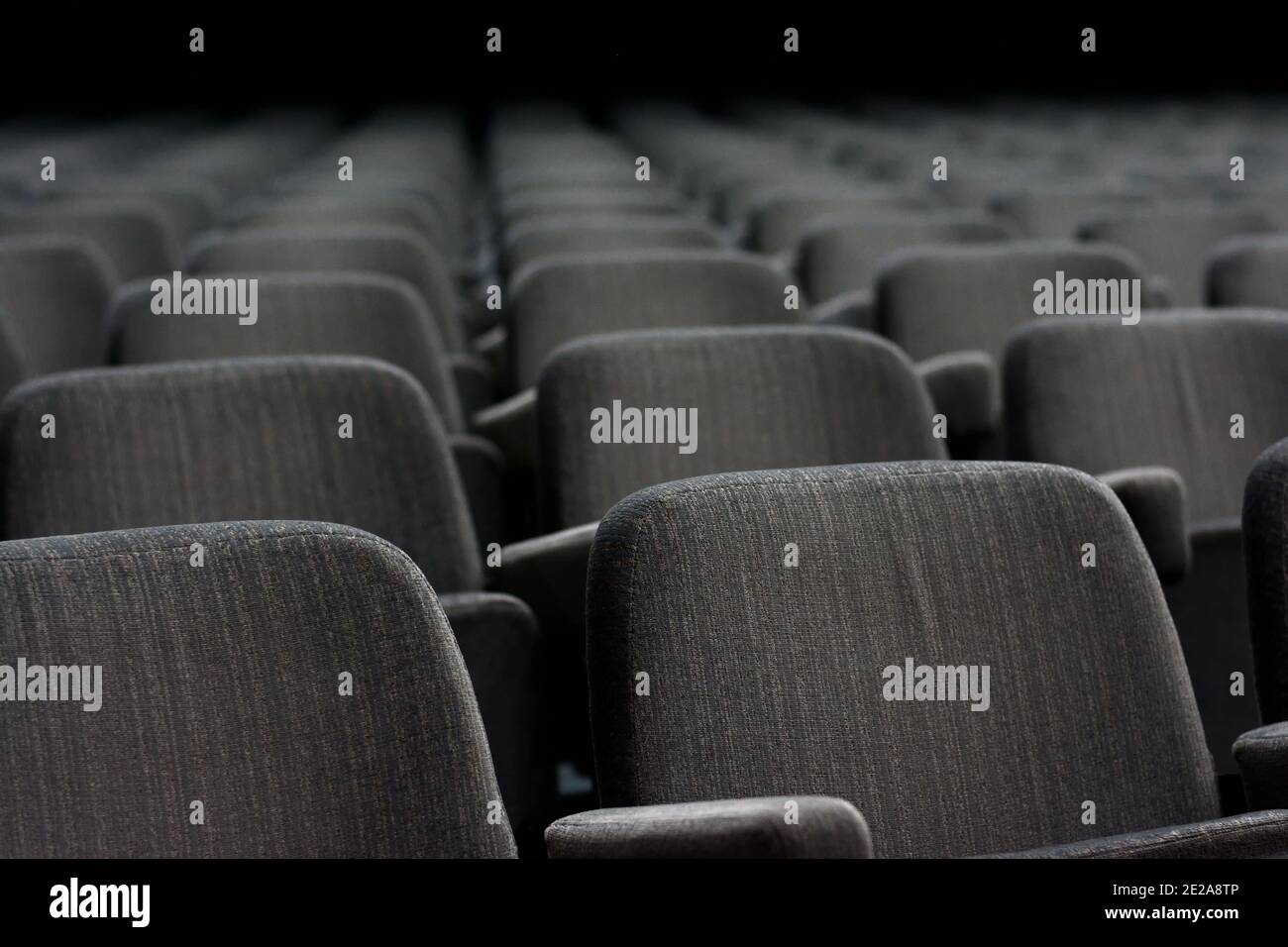
Hartford: Spotlight Theatres Front Street Stadium Morgan Hill: Tennant Station Stadium Cinemas It was all just a matter of putting the pieces together.Scottsdale: Ultraluxe Scottsdale Pavillions 11 So, who invented film? While film itself was invented by George Easton the motion picture was an invention of many inventors. Which captured a train arriving at a passenger station the audience were startled and started a panic as the train moved towards them. This cinematic experiment demonstrated the lemierre's new invention: the cinematograph.

The arrival of a train is considered by most to be the first motion picture presenting to a large public audience. This became the standard film rate for nearly 25 years. The camera shot film has 16 frames per second rather than the 46 which Edison used. The cinematograph uses flexible film cut into 35 millimeter white strips and used an intermediate mechanism modeled on the sewing machine. A camera which serves as both a recording device and a projecting device. Louis and Augusta designed the cinematograph. A local Kinetoscope exhibitor asked brothers Luis and Augusta Lumiere to make films, which are cheaper than the one sold by Edison. The Lumiere family is the biggest manufacturer of photographic plates in Europe. In 1885 in Atlanta Georgia, Armond made a vital connection. Thomas Armand found that what the camera did to hold a film stationary while the images were being photographed could be repeated in a projection mechanism itself. It allowed only one person at a time to watch the moving images being put on display.
MOVIE MAGIC CINEMA BANGOR SERIES
The Kinetoscope is a continuous loop of film that passed over a series of rollers and in front of a lens but it had a flaw. In 1888, George Eastman devised the flexible film based cover for photographic and motion this was exactly what Edison and Dixon were looking for. They finely designed a machine- the mirror scope- that they thought might work. Edison assigned William Dixon to the project of developing a machine that could visually accompany his phonograph. In East Orange New Jersey, Thomas Edison was privately working on perfecting his favorite of all his inventions: the phonograph. Weybridge developed the projector to present his findings he adapted horn azeotrope to produce a zoo praxinoscope. Muybridge mounted a line of cameras alongside the racetrack and tripped the shutters for electromagnets as a horse and rider galloped down the racetrack and over short hurdle the pictures proved that a horse does, indeed, take all four hooves off the ground while galloping.
MOVIE MAGIC CINEMA BANGOR FULL
In 1872, Leland Stanford, the governor of California, insisted that a horse in full stride takes all four feet off the ground Stanford hired Eadweard Muybridge a San Francisco photographer to prove his point and settle $25,000 bet after many unsuccessful experiments. Similar to the seal throw, the illusion of movement produced by the praxinoscope was built on mirrors in the center of the drum rather than through the slot on the outside.

In 1877, Emil Renaud introduces the latest findings on optical reproduction of movement: the praxinoscope. In America, the sealed rope was introduced by William George Horner.Īzeotrope used the same principle as Plato's phenakistoscope but instead of disks the pictures and slots are combined in a rotating drum. In 1832, Joseph Plateau introduced the phenakistoscope pictures on one disc view through slots and the other appeared to move when the two were spun in Butte.

In 1515, da Vinci presented a drawing of a type of image projector that magic lantern which was later developed in the 17th century. Leonardo da Vinci was well ahead of his time Leonardo's writings and notes long remaining manuscripts surely after his death those passengers from his papers dealing with painting were combined into the taratata della Petera this is where we find da Vinci's desire for painting to be a living thing. In 1500, Leonardo da Vinci give us a full description of the camera obscura an optical device that projects an image of its surroundings on a screen. In film and video, this phenomenon is widely believed to account for our ability to perceive a sequence of frames as a continuous moving picture. Persistence of vision: the phenomenon whereby the eye remembers what it has just seen after the object has disappeared.


 0 kommentar(er)
0 kommentar(er)
